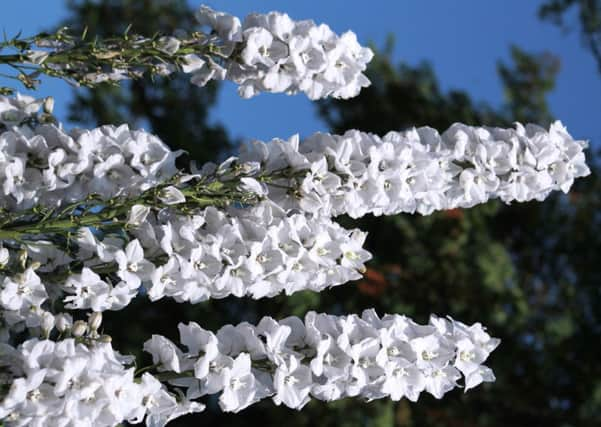The stakes are high


A lot has to do with the British climate – for some unexplained reason, it has the knack of knowing when rain will have the most damaging effect. It times to perfection downpours that batter plants which have spent months growing towards their pinnacle – only to be robbed of the opportunity to show the world just how truly wonderful they can be.
Which is one of the reasons many gardeners refuse to grow certain plants – they can’t take the disappointment of year after year watching them struggle and strain, fight off pests and diseases, and then, just when they are about to peak, see the weather ruin everything.
Advertisement
Hide AdAdvertisement
Hide AdIn July, the delphinium should be one of the marvels of the border, a giant of a flower capable of putting to shame all other flowers. That’s why it’s best to grow it unopposed, in large, bold clumps or in splendid isolation against a wall or fence. But the weather can be brutal, and the poor delphinium can take a battering. It may still look lovely, but it’s just a shadow of what it could be if the sun shone.
Despite all this, there are still gardeners who are prepared to soldier on with delphiniums. They know that whatever the weather, there will always be some blooms holding their heads high.
These are people who have learned to grow delphiniums successfully. They know delphiniums are greedy – these are plants which demand a rich soil and copious amounts of food, preferably liquid manure. And in the unlikely event of a drought, they’ll also require regular heavy watering. In addition, to keep them standing proud, they need staking and, if possible, a sunny, sheltered site.
Once the gardener has worked this out, he or she is well on the way to growing one of the loveliest and most stunning of all border flowers. They will feed regularly, dead-head to encourage a second, more restrained, flowering in September and finally cut them down to the ground and cover them with a thick mulch of well-rotted manure.